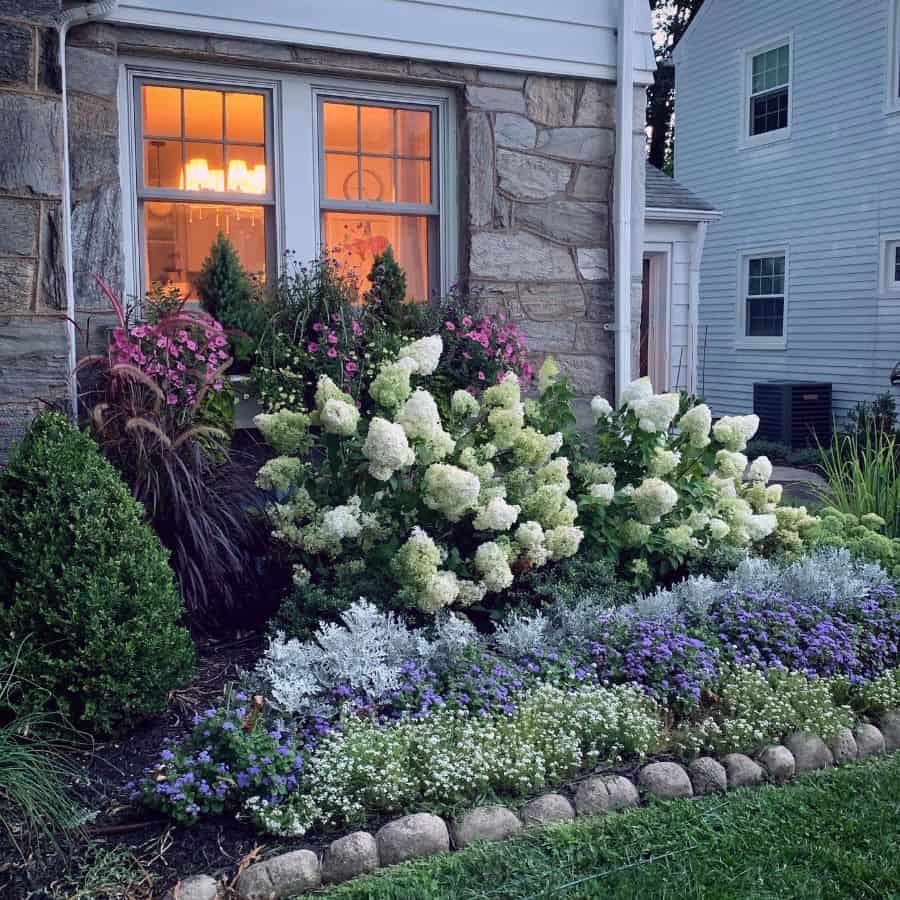Intro
When it comes to adding beauty and color to your outdoor space, there’s nothing quite like a well-maintained flower bed. Whether you’re a seasoned gardener or just starting out, building flower beds from scratch can be a rewarding and fulfilling project. In this guide, we’ll walk you through the process of creating your own flower beds, from deciding on the location and size to choosing the right plants and maintaining them throughout the season.
Deciding on the Location and Size for Your Flower Beds
Selecting the ideal spot for your flower beds is a crucial first step in the journey of bringing your garden vision to life. Pay close attention to the sun’s path across your yard; areas that receive six to eight hours of direct sunlight are best suited for most flowering plants. However, if you’re drawn to shade-loving species, look for spots that are sheltered from the midday sun. Equally important is the assessment of soil drainage in your chosen location. Soggy grounds can lead to root rot, while areas too dry may struggle to sustain lush blooms.

Once you have a location in mind, it’s time to determine the scale of your flower beds. Consider your garden’s overall design—do you envision expansive, blooming swathes or compact, colorful accents along pathways? Use a flexible garden hose or string to outline potential beds, stepping back to visualize how they’ll integrate with existing landscape features. This hands-on approach not only aids in visualizing the spatial impact but also in making any necessary adjustments before any digging begins. Remember, the size and shape of your flower beds should complement the surrounding landscape, creating a seamless flow between the cultivated and natural environments.
Designing Your Flower Bed Layout
Crafting the blueprint of your flower bed is pivotal for ensuring a garden that’s both aesthetically pleasing and harmonious. As you embark on this creative phase, incorporating elements of color, height, and texture is essential. These factors work together to add depth and intrigue to your garden. Begin with a vision of how you want the bed to look across different seasons, allowing for a dynamic display that evolves over time.
Employ the use of a rough sketch or a digital garden design tool to meticulously position each plant, considering its mature size to prevent overcrowding. Pay special attention to height variations, placing taller plants at the back of the bed or in the center if the bed is viewable from all sides, to create a tiered effect that showcases each species. Integrate a diversity of textures – from the fine foliage of ferns to the broad leaves of hostas – to enhance visual interest. Additionally, a thoughtful selection of colors that complement or contrast with one another can create striking visual impact.
Bear in mind the bloom times of your chosen plants to ensure a succession of color, providing a lively display throughout the growing season. This strategic planning in the design stage lays the groundwork for a flower bed that is not only a feast for the eyes but also a structured and balanced element of your garden’s overall landscape.

Preparing the Ground for Planting
The initial groundwork is a vital step in establishing a thriving flower bed. Begin by clearing the designated area of any unwanted vegetation, including grass, weeds, and any other green waste. This ensures a clean slate for your floral project. The next step involves breaking up compacted soil, which can be achieved with a garden fork or a tiller, depending on the size of the bed and the soil density. This aeration process encourages better root growth and water absorption.
Enhancing the soil is your next focus. Incorporating compost or well-rotted manure enriches the soil, supplying essential nutrients that flowers need to flourish. For soils that are particularly clayey or sandy, the addition of organic matter can improve texture and fertility, promoting optimal plant health.
Once the soil is loosened and enriched, rake the surface to a fine tilth, creating a level and smooth bed for planting. This preparation not only facilitates easier planting but also ensures that water and nutrients are evenly distributed throughout the bed. Careful groundwork lays the foundation for a flower bed that will support vibrant and healthy plants.
Choosing the Right Plants for Your Flower Beds
The selection of plants is a critical element in the success of your flower beds, as it influences not only the visual appeal but also the garden’s ecological balance. Start by assessing the specific conditions of your garden, such as exposure to sunlight, prevailing winds, and soil pH. These factors will guide you in choosing plants that are best suited to thrive in your environment.
Incorporate a blend of annuals, which will bloom prolifically for a single season, and perennials, which return year after year, to ensure a long-lasting display of color. When selecting species, aim for a variety of textures and forms to create an engaging and layered look. For instance, the delicate petals of cosmos can contrast beautifully with the robust foliage of peonies.
Don’t overlook the importance of native plants. These species are adapted to the local climate and soil conditions, making them more resilient and lower maintenance. They also offer crucial support to local wildlife, providing food and habitat for pollinators such as bees and butterflies.
Consider the flowering period of each plant to achieve a succession of blooms from spring to fall. This strategic planning ensures that your flower beds remain vibrant and full of life throughout the growing season, contributing to a dynamic and ever-changing landscape.


Comments are closed